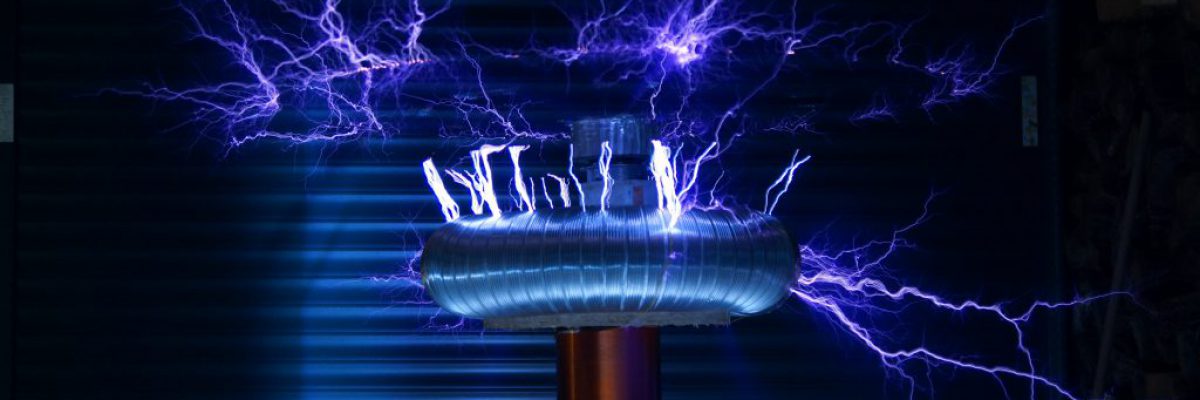Wireless electrical charging has become more and more common in recent years, especially in the cellphone field where the buyer receives a charger with which it is possible to charge the cellphone without connecting a wire to the phone, but rather by placing the phone on or near an area which is not a conductor. There are many uses for this technology. An effective and interesting use is improvised lighting for swimming pools. The electrical connection is placed outside the pool with the bulk of the pool separating between the electrical parts, while the external portion passes electricity to the internal portion without coming in physical contact with each other.
Sophisticated and more ambitious technology forsees vehicular wireless electrical propulsion via a supply system under the highway asphalt, based on developments in recent decades at MIT (Massachusetts Institute of Technology) and energy companies. Standards of wireless charging and propulsion have recently been established in Europe, Japan, and the United States; in those countries professional bodies have been established which operate exclusively in this field.
The physical principle which stands behind devices for wireless charging is electro-magnetic induction. The principles behind electricity and magnetism are known and have been in use for more than a century, and are the basis on which inventive scientists like Tesla, Volta, Ampere, Bio-Sabor, Webber, Henry, and others, created; on their names are called the well-known physical variables they described such as alternating current (AC and DC), electrical capacitance, etc..
Electricity and magnetism are linked in an interesting way and enlighten inspiration (literally). Alternating electrical current (AC) during the first phase of its cycle can create an alternating magnetic field which within itself can cause a variable flow in a field, which is near it but not in direct contact, during the second phase of its cycle. Thus a current in its second phase can be lacking a source of electrical energy but a flow of electricity can come from the magnetism of a nearby current in its first phase.
Basic to these technologies are different kinds of current adjusters in order to provide an alternating current flow and to allow for charging; like cables, transistors, and basic components as well as varied additional components. In the not so distant past two coils were used (in technical terms, injectors and “solonoid”, one inside the other in which a current flows in one and an electrical current flows in the second. Recent developments have allowed charging from nearby or even more distant sources without electromagnetic damage.
Advancements in the field of recharging and wireless electrical supply by concealed means will depend on innovative developments, so it seems that we are in the beginning of a renaissance that will change the way we use electricity.






